BOC kept overnight rate unchanged at effective lower bound of 0.25% as widely expected. Rate will be kept there “until into 2023” when economic slack is absorbed to sustain inflation above 2% target.
The QE program is recalibrated to shift towards “longer-term bonds” while total purchases to be lowered to at least CAD 4B a week. The Governing Council judges that “with these combined adjustments, the QE program is providing at least as much monetary stimulus as before.”
Canadian economy’s rebound in employment and GDP was “stronger than expected” and it’s now “transitioning to a more moderate recuperation phase”. Q4 growth is expected to “slow markedly” due to rising coronavirus cases. 2020 GDP is expected to contract around -5.5%, then grow by almost 4% on average in 2021 and 2022. “Considering the likely long-lasting effects of the pandemic, the Bank has revised down its estimate of Canada’s potential growth over the projection horizon.”
CPI is expected “stay below” target “until early 2021″. Core inflation is ” consistent with an economy where demand has fallen by more than supply.”/ Inflation is expected to “remain below target throughout projection horizon.
In the latest projections in BoC’s monetary summary report, GDP forecast for 2020 was revised up. 2021 and 2022 GDP forecasts are revised down. CPI inflation projections are largely unchanged.





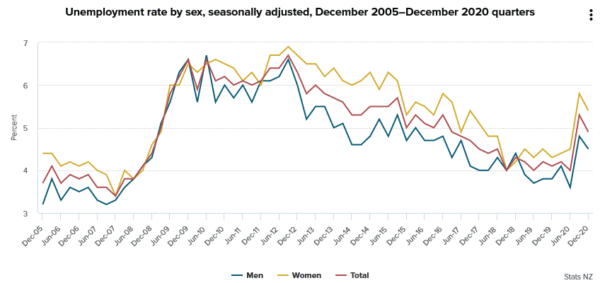
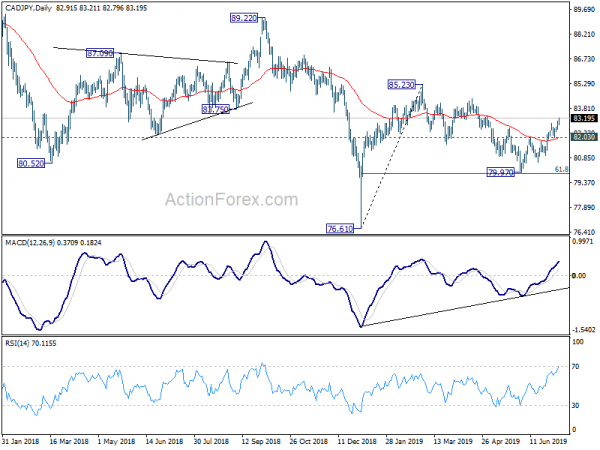
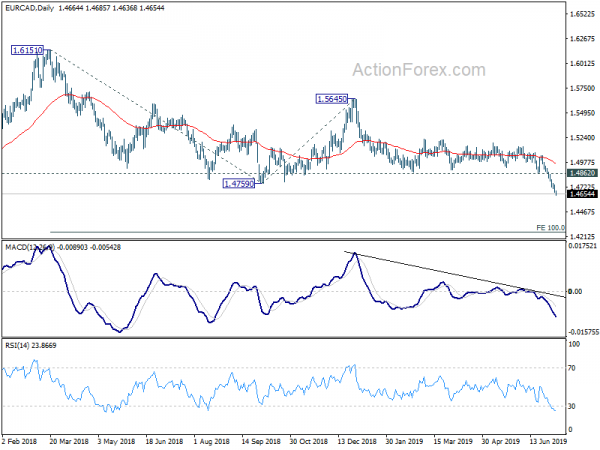
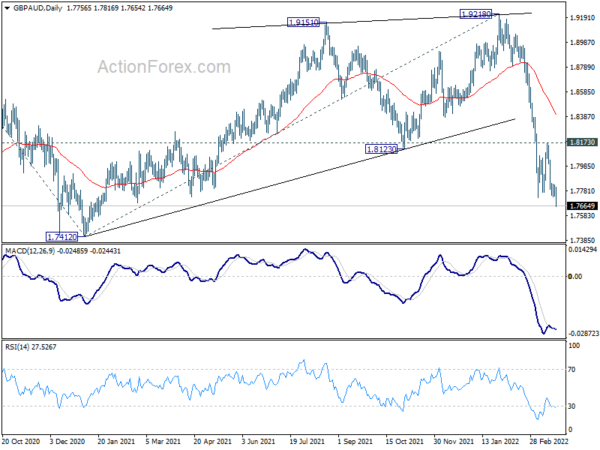
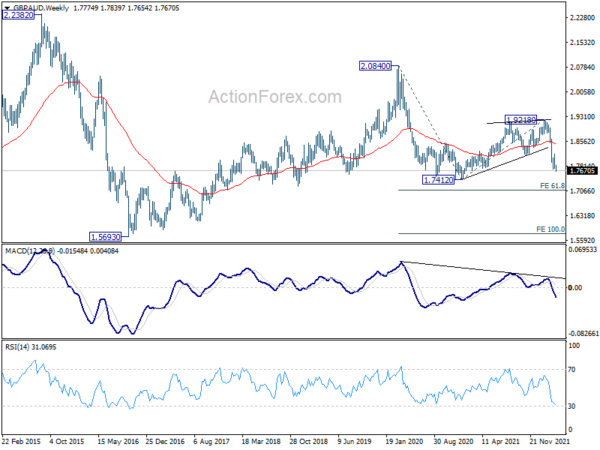
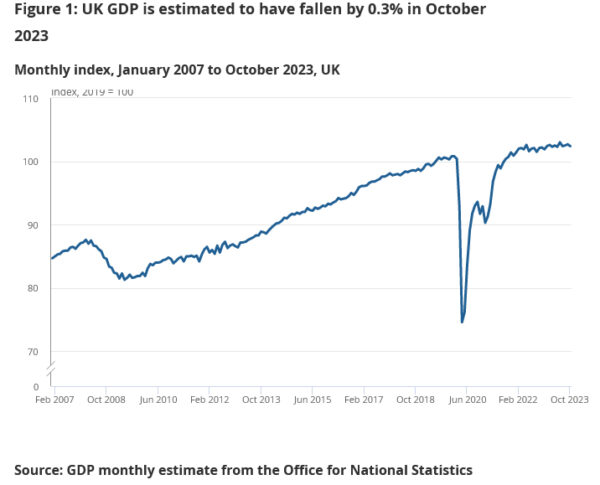
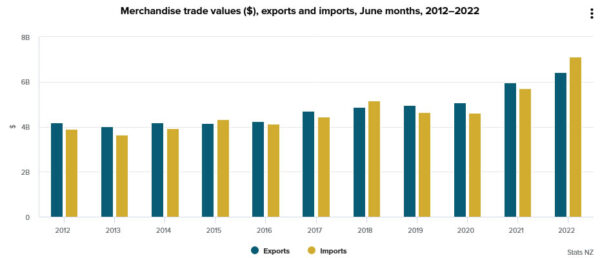

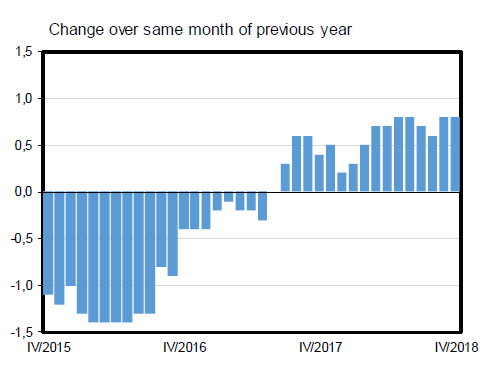
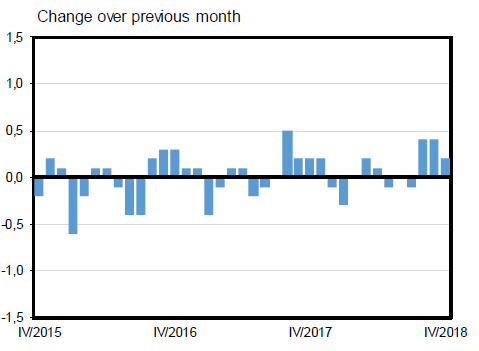

Eurozone Sentix Investor Confidence rose to 14.7, all-clear in trade dispute with US
Eurozone Sentix Investor Confidence rose solidly to 14.7 in August, up from 12.1 and beat expectation of 12.8. Current situation index rose from 36.8 to 33. Expectations index also improved from -10.0 to -5.8. Sentix noted that the indices “reflect less the danger of a general turnaround”. Instead, they point to a “cooling of phase”. Also, the data “reflect a certain all-clear in the trade dispute with the US after EU Commission President Juncker succeeded in preventing a further intensification of the conflict in negotiations with US President Trump.”
Germany is a beneficiary of the diminishing fear of a trade war. Its overall Sentix index rose from 16.2 to 20.4, with current situation index up from 51.3 to 54.8, expectations index up from -14.0 to -9.3. US overall index climbed from 18.6 to 25.6, highest since March. The US current situation index rose from 53.8 to 62.8 and hit an all time high. Expectations index also improved from -11.8 to -6.3.
Japan overall index improved from 10.9 to 13.2 but was capped below June’s 14.3. Also, current situation index dropped from 30.5 to 30.3, hitting the lowest since September 2017. That’s also the sixth decline in a row. Japan expectations index rose from -7.0 to -2.5.
Full release here.